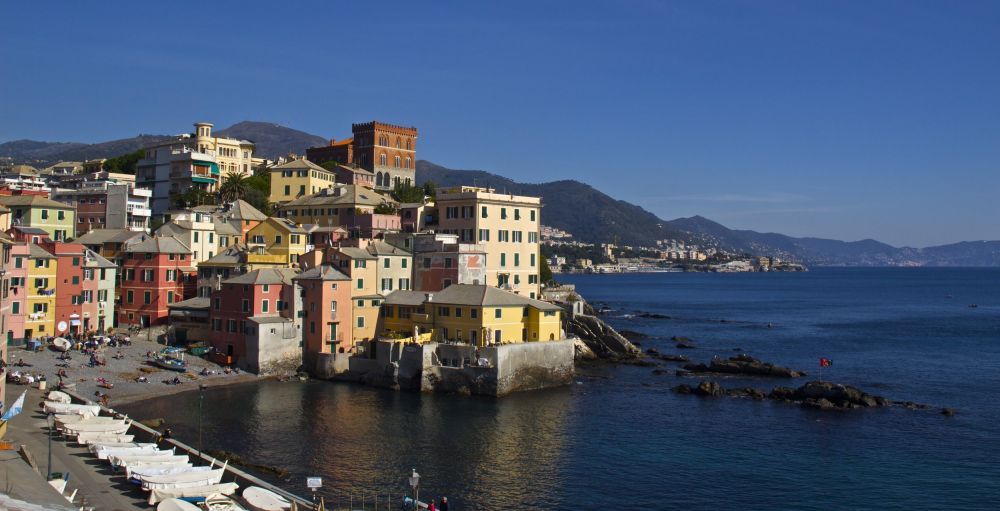

Nestled along the Ligurian Sea, the bustling port city of Genoa has long been a crossroads of culture and economic activity. Known as "La Superba" due to its glorious past and magnificent landmarks, Genoa's history of tourism is as colorful as the palazzi of its renowned historical center.
Tourism in Genoa can be traced back to the Grand Tour, a period from the 17th to the 19th century when it was in vogue for young European aristocrats to travel across the continent, seeking out the art, culture, and history of places like Italy. Genoa, with its rich art and history, was an essential stop for many of these travelers. They basked in the city's old-world charm, marveled at the architecture, and became early patrons of culture and tourism in the city.
Tourism evolved further with the advent of modern transportation. The Port of Genoa, one of the most important in the Mediterranean, began to see not just commercial activity but also an influx of cruise ships. Additionally, the city's railway connections improved, bringing in tourists from across Europe to appreciate Genoa's blend of history and modernity.
In more recent times, Genoa has seen the rise of cultural tourism, with visitors flocking to the city for its art galleries, theaters, and music festivals. Food tourism is another growing trend due to Genoa's reputation for its culinary specialties like pesto and focaccia. The city has also started to focus on sustainable tourism, aiming to preserve its natural and cultural assets while welcoming visitors from around the world.
Genoa's tourism history is one of evolution and adaptation. From its beginnings as a Grand Tour destination to its contemporary status as a cultural hotspot, the city has continually redefined itself. Today, Genoa stands as a prime example of a destination that respects its past while boldly stepping into the future of tourism.